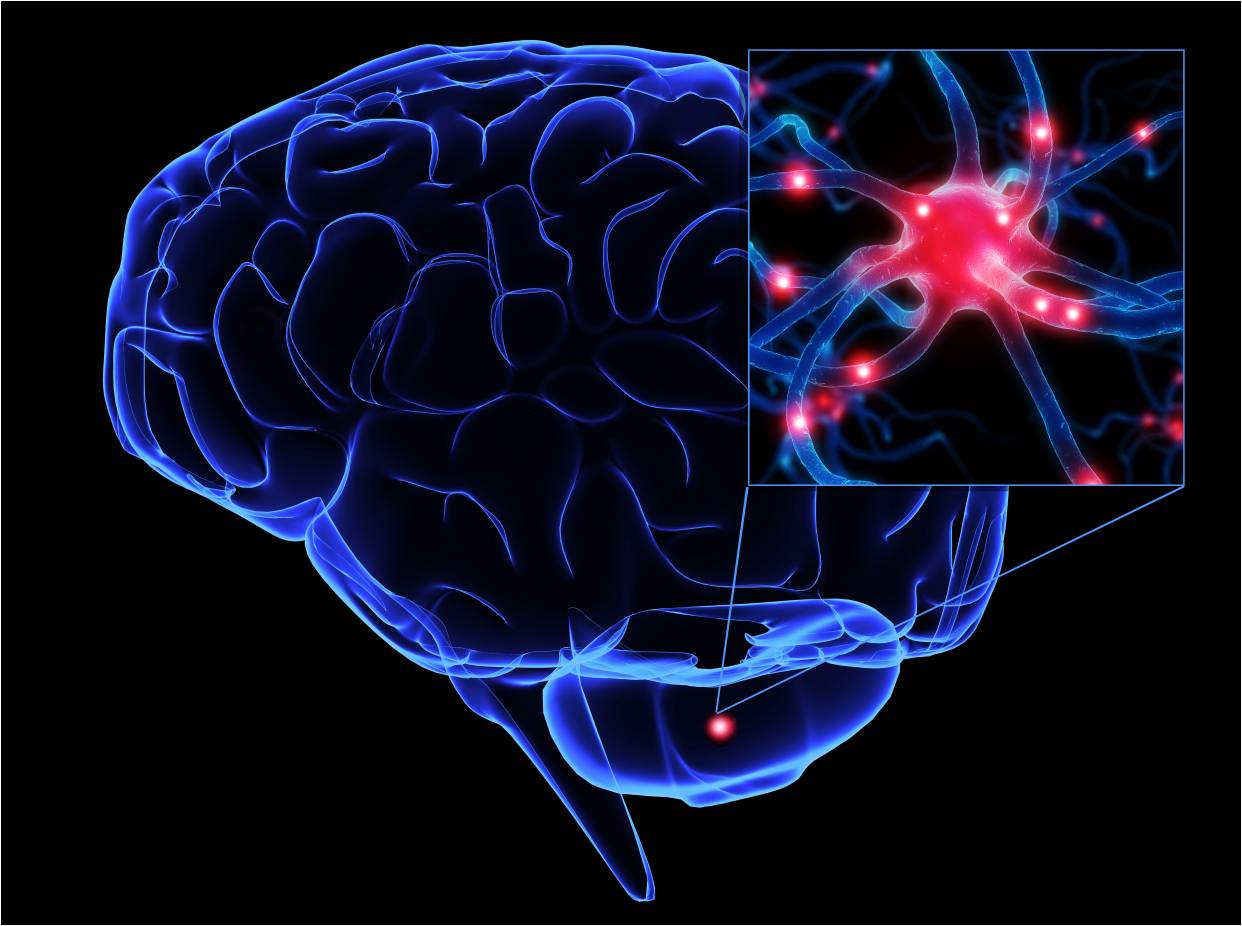The human brain forgets intentionally in order to save energy
This is the explanation of the results of a study published in Proceedings of the National Academy of Sciences, led by Swedish researchers involving the participation of Riccardo Zucca, a member of the Synthetic Perceptive, Emotive and Cognitive Systems group.
The brain has mechanisms so that we forget unnecessary information, reveals a study published in Proceedings of the National Academy of Sciences (PNAS), led by scientists at the University of Lund (Sweden) involving Riccardo Zucca, a researcher of the Synthetic Perceptive, Emotive and Cognitive Systems group (SPECS) and of the Centre for Autonomous Systems and Neuro-Robotics (N-RAS) of the Department of Information and Communication Technologies (DTIC) at UPF.

The brain is able to assimilate a new stimulus, but rejects subsequent ones if they are similar at the time it recognizes them. Hence the paradox that “two stimuli produce worse results than a single one, although what is really happening is that the brain activates neural mechanisms to prevent energy expenditure involved in learning”, the authors suggested.
Neural activity responsible for memorizing information is an additional energy expenditure, so that the brain forgets intentionally, albeit temporarily, in order to save energy. When the brain has learned a certain association, the learning brake mechanism is activated.
Physiological explanation of the Rescorla-Wagner model
The article published in PNAS describes the experiment that the scientists designed to draw the conclusions of the study. In the first phase, two stimuli were applied to the experimental animal model for the brain to associate them: an acoustic tone or light signal and a burst of air that caused the eye to blink. It was then seen that the subject blinked upon hearing the tone again or seeing the light signal, even without the blast of air. Finally, when again applying the audio tone or the light signal simultaneously with the burst of air, the association between stimuli became confused.

As Zucca comments, “the findings of the study may explain why a stronger association leads to a lesser reinforcement value, in the context of a conditioned behaviour experiment”.
Although this phenomenon had previously been described in the Rescorla-Wagner model, which has guided research in behavioural sciences and neurology for several decades, it still lacked a physiological explanation.
The scientists in this study have studied Purkinje cells from the cerebellar cortex of ferrets and have observed that the responses of Purkinje cells, which trigger adaptively timed conditioned eyeblinks, suppress the unconditional stimulus signal in a graded manner, providing first physiological evidence of the phenomenon described in the Rescorla-Wagner model.
Reference work:
Anders Rasmussen, Riccardo Zucca, Fredrik Johansson, Dan-Anders Jirenhed and Germund Hesslow (2015), “Purkinje cell activity during classical conditioning withdifferent conditional stimulus explains central tenet of Rescorla–Wagner model”, PNAS, October, doi: 10.1073/pnas.1516986112.
